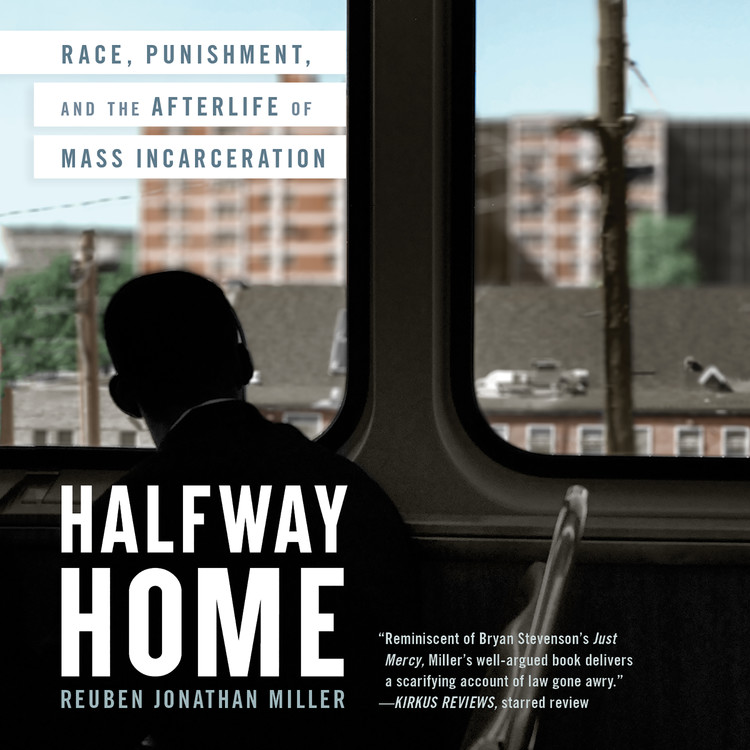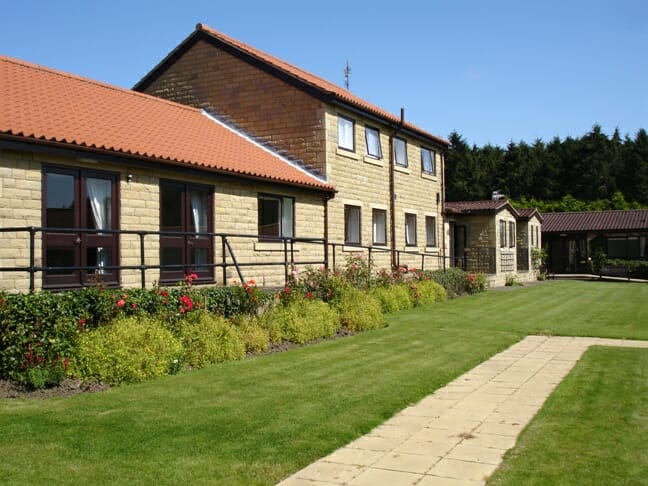Table Of Content

The rules at a halfway house are usually basic and enforced only to ensure you maximize your time there. Some rules are implemented to protect the other residents and make living together pleasant for everyone. Many halfway houses require a drug screening test before admission as they are not equipped to deal with withdrawal symptoms, so residents must complete medical detox before entering. Many people want to know, can you have a cell phone in a halfway house? Although in inpatient care, recovering addicts may not have their personal phones, halfway houses are generally more lenient.
Support for Me and My Family

Halfway houses serve as the halfway point between an institution and independent society, with residents usually coming from either correctional or inpatient treatment facilities. Reputable treatment facilities will have connections to sober houses and may even offer you options for living in a sober house as an aftercare service. In order to receive this information, you’ll want to discuss the matter over with your case manager BEFORE leaving the treatment facility. This is for the sake of making sure there is room in the sober home and that you will have access to all they have to offer RIGHT AFTER YOUR TREATMENT. By the time night comes, you’ll have the opportunity to enjoy some entertainment. Whether you’d like to read a good book or enjoy the latest Netflix has to offer, this is the time for you to relax.
California
Feds expand Medicaid coverage to most of those in halfway houses - USA TODAY
Feds expand Medicaid coverage to most of those in halfway houses.
Posted: Thu, 28 Apr 2016 07:00:00 GMT [source]
Everyone will then go to bed around the same time and, though it varies, most sober living homes will have lights out around midnight. The purpose of entering a sober living home is to have support in recovery. Either way, a drug-free environment can help you better understand how to stay sober….
Who Can Live in a Halfway House?
The first step of the 12-step program is admitting your powerlessness over your addiction. The University of Southern California closed its main campus Saturday evening "due to a disturbance," the university said on X. "We'll leave it to local authorities to determine how these protests are managed," Kirby told Stephanopoulos, "but we want them to be peaceful protests and obviously we don't want to see anybody hurt in the process of peacefully protesting." The White House said Sunday that President Joe Biden respects the right of demonstrators to make their voices heard -- peacefully -- and "we don't want to see anybody hurt in the process." Addressing the physical altercations during the protests, Osako said, "We are dismayed that certain individuals instead chose to jeopardize the physical safety of the community."
As mentioned, California does not require a license to run a sober living home. The laws surrounding sober living state that places which offer the accommodations cannot discriminate against people of disability. Again, you may find that there are areas in which you will not find sober living homes due to the 2003 California Attorney General’s opinion. In order to get a clear sense of where you can find a sober living home, you’ll want to look up specific rules and regulations for specific cities and counties.

Residents are normally asked to remain sober and comply with a recovery program. Other expectations can include rules on curfew, drug testing, cooperation, accommodating a sober living environment, sober house (no drugs), house meetings, and check-ins with staff members. Think of sober living as your support net as you practice new skills, gain new insight and shape your new life in recovery with other people who are possibly facing the same challenges. Sober-living homes provide a strong support network and community to help you safely navigate the tough spots and triggers you may encounter.
What Sober Living is Really Like
Living in a halfway house benefits many people undergoing addiction treatment. They provide additional support and puts them in a sober living environment. As of the late 1990s, the estimated cost of constructing a new cell was approximately $100,000. Once occupied, a cell costs in the range of $20,000 to $25,000 annually to operate. Residential beds in the community, on the other hand, cost on average in the neighborhood of $12,000 annually.
Too often, audits are only conducted after journalists report on the ways specific halfway houses are failing residents, rather than government correctional agencies doing proper oversight on their own. In May, an investigation by The Intercept revealed that the federal government is underreporting cases of COVID-19 in halfway houses. Not only is the Bureau of Prisons reporting fewer cases than county health officials; individuals in halfway houses who reached out to reporters described being told to keep their positive test results under wraps. In the United Kingdom, "halfway house" can refer to a place where people with mental disorders, victims of child abuse, orphans, or teenage runaways stay. The latter are often run by charities, including the Church of England, other churches, and community groups.
II. Why The BOP Is Reducing Or Cancelling Federal Halfway House Placements
New DC Halfway House Wins Fight Over Historic Designation - DCist
New DC Halfway House Wins Fight Over Historic Designation.
Posted: Thu, 03 Dec 2020 08:00:00 GMT [source]
At the start of the 21st century, correctional populations reached record levels and were continuing to increase, and institutional overcrowding became epidemic in some jurisdictions. In many situations at the municipal, county, state, and federal levels, this led to successful litigation by prisoners’ advocates, with various government agencies being ordered to reduce overcrowding and pay substantial fines and attorney’s fees. Punishment applied with certainty, swiftness, and proportionate severity, it was believed, would deter offenders from further criminal activities. Returning to regular life after rehab is a difficult transition for many.
Our dedicated and professional team have helped thousands of people overcome their addictions and they can help you too! We use a wide array of therapies and personalized treatment plans to facilitate optimal success. We pride ourselves in delivering the highest level of care and professionalism. If you're serious about addiction recovery, reach out to us so that we can introduce you to recovery that works.
Within the state of California, there are specific laws when it comes to regulating and operating sober living homes. By gaining knowledge of these laws, you’ll have the ability to better determine which sober living home is most reputable in accordance with the state. This non-profit organization aims to support people who are in the recovery process by giving them access to sober homes.
When you're looking for a sober recovery home, be sure to ask what's included in the monthly rate and what is extra. Some examples of additional services may include transportation to appointments, recovery coaching, meals and gym memberships. But when considering some of the services offered, make sure they're services that help support your sobriety. Part of living in recovery is "showing up for life," meaning doing things for yourself that make you a successful, contributing member of society. When in active addiction, we tend to ignore the things that make us successful.
While going home may seem like a relief after so much time in treatment, for some people, the thought is overwhelming—especially if you’re in a triggering environment or don’t have a strong support system at home. In the 1930s, those concepts were further enhanced by the “medical model” of corrections, with its reliance on classification, diagnosis, and treatment, and by the concurrent popularity of the new correctional ideas of probation, indeterminate sentencing, and parole. As they became further integrated with the formal correctional system, eventually becoming the primary prerelease opportunities for inmates, these programs were often characterized as “halfway out of prison” programs. Halfway houses are dorm-style living spaces owned by a government or private agency. They can also be more crowded than sober living homes and offer fewer amenities. It can be difficult for people in recovery to get the social interaction they need.
It can be hard for some to find new friends or social circles that respect their new lifestyle. Halfway houses offer social interaction with people who understand the challenges of sober living. Most halfway houses have rules to follow and help residents set boundaries. A halfway house is a good option if returning to normal life is too overwhelming, but you no longer need medical supervision. It allows you to live in a safe, substance-free environment while readjusting to life outside treatment. These woeful inadequacies are indicative of a larger systemic failure of halfway house oversight that often results in deeply problematic conditions for residents.
You can check out their recommendations through their California Consortium of Addiction Programs and Professionals page or their Sober Living Network page. When people enter these houses, they’re living in a drug-free environment.However, there is more or less supervision in this type of sober housing than other options on our list. For example, if you decide to sleep elsewhere, you can expect to have to take a drug test the following day.
The focus of this article is on halfway houses that provide transitional housing rather than those facilities that provide longer-term or indefinite residency. A sober living facility is usually affiliated with a specific addiction treatment center. They serve as a stepping stone for people who are past inpatient treatment but still need other treatment programs for recovery. In general, sober living houses tend to offer more privacy and comfort than halfway houses. A halfway house, also known as a “sober living house” in some states, is a transitional living facility for those in recovery from drugs or alcohol.

No comments:
Post a Comment